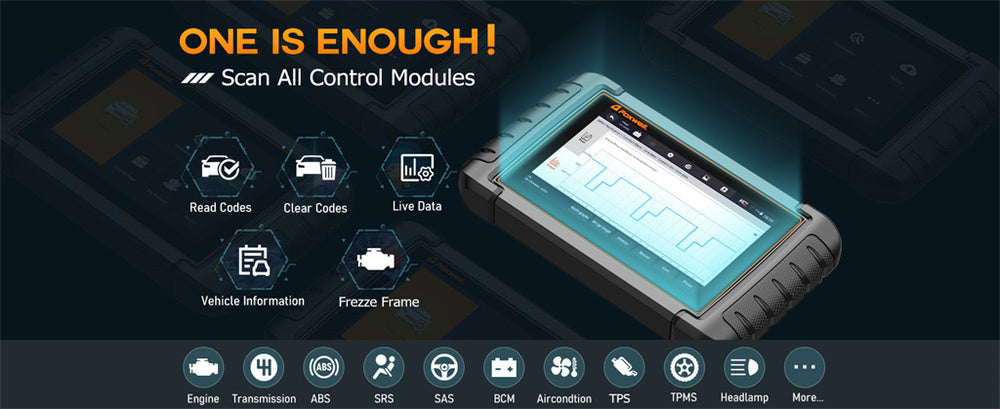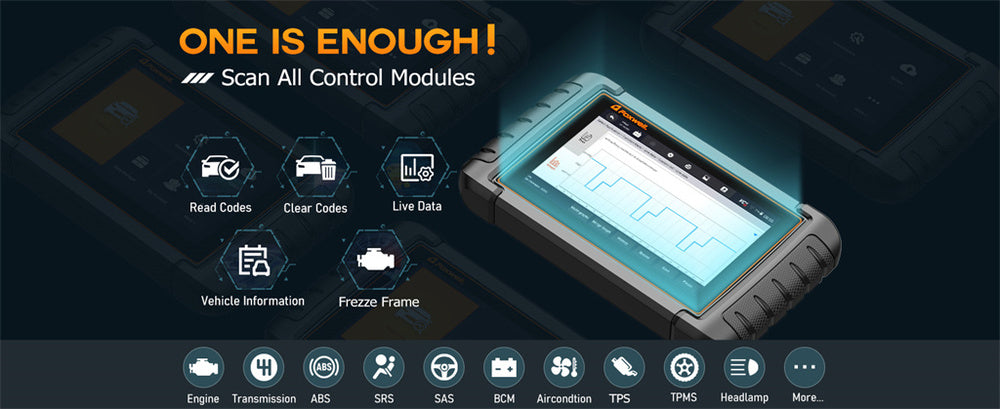Do you ever find yourself pulling the parking brake expecting it to secure tight, and it doesn't quite?
With an electronic parking brake (EPB), this process may seem more complex, but don't fret--resetting manual or electronic parking brakes is easier than you think!
Resets ensure your car stays safely parked when needed most. Let's explore this further so your vehicle stays safely parked when required.
What Does It Mean to Reset the Parking Brake?
Resetting the parking brake means recalibrating the system that controls how your car locks into place when parked.
For manual parking brakes, this usually involves adjusting cable tension to secure a firmer hold; with electronic parking brake systems (EPB), resetting their control module can also do the trick.
Modern cars with EPB systems rely on sensors and software to engage and release the parking brake, much like how computers require restarts when their performance becomes slow or problematic.
Resetting such systems periodically or following brake maintenance could restore their proper function - just like rebooting a computer when something starts acting strangely; this simple action will often clear up minor problems quickly so everything runs more efficiently again.
Why Do You Need to Reset the Parking Brake?
You might think once your parking brake is set, it's done, but that isn't always the case.
After changing brake pads or making other alterations to your braking system, it needs to adjust accordingly, particularly with electronic systems that rely on precise calibrations to function effectively.
Resetting the parking brake allows the system to recalibrate, ensuring it will engage appropriately with any new components installed in your car.
Failing this action could result in issues like holding too tightly or failing to release completely and illuminated dashboard warning lights—all things that ensure your car remains stationary when parked.
Resetting ensures all systems stay in sync and that your car remains stable when parked.
How to Reset a Manual Parking Brake
Manual parking brakes may seem old-fashioned, but they are still effective, with easy adjustment methods like these:
- Check the Handle or Pedal: If your brake lever feels loose or your pedal goes down too far, an adjustment could be made.
- Locate the Adjustment Mechanism: This mechanism can usually be found near the base of the brake lever or rear wheel area; to access it, you may need to raise your car temporarily.
- Tighten the Cables: Using a wrench or pliers, adjust cable tension so that brake engagement occurs with only minimal lever pushes or pedal presses. Be careful not to overtighten, as this could cause them to drag.
- Testing It: To ensure the brake holds your car securely and releases smoothly, test and engage/depress the brake several times to ensure it functions as intended.
A properly adjusted manual parking brake should keep your car securely parked on hills without issue; however, additional adjustments or cable replacement may be required if that fails.
How to Reset an Electronic Parking Brake

Resetting an Electronic Parking Brake (EPB) Although resetting an EPB may sound complicated, with proper planning, it should be manageable. Here is what needs to happen:
- Start Your Engine but Don't Start the Engine: Switch on the ignition without starting your engine; this will power up the system so you can access EPB.
- Engage and Release the EPB: Fully engage the parking brake by pressing and releasing the EPB button, and repeat this step several times until your parking brake system has stabilized. Recalibration may also be required in certain vehicles to restore their optimal functioning.
- Use a car Scanner Diagnostic Tool: If engaging and releasing doesn't do the trick, a diagnostic tool such as Foxwell NT710 could come in handy in helping reset EPB systems correctly. With direct communication between the EPB system and yourself, this device allows for optimal system reset.
Access the EPB System: Navigating to EPB settings via a touchscreen on the NT710 will give you access to an option to set or relearn the parking brake.
Reset Your EPB System: To reset the EPB system, follow the on-screen prompts to reactivate it. Since the NT710 supports bi-directional control, it can issue commands to reset or adjust the brake system.
- Follow Vehicle-Specific Instructions: Because every make and model may have specific instructions for resetting its EPB, refer to your vehicle manual for specific guidance.
Once reset, conduct a trial run by engaging and disengaging the EPB on an incline to ensure it secures the car securely.
When to Seek Professional Help for EPB Issues
Suppose the EPB refuses to reset properly, despite your best efforts, the dashboard light remains illuminated, or the brakes don't engage as expected.
In that case, professional assistance should be sought immediately.
A certified mechanic has the tools and expertise to diagnose and address these problems and restore functioning parking brakes to normality.
Common Issues When Resetting a Parking Brake
Even with your best efforts, resetting your parking brake could prove challenging. Here are some issues to be wary of when trying to set it:
- Brake Won't Engage Properly: If the parking brake doesn't engage or release properly, this could indicate a problem with its brake actuator or sensors.
These electronic components may become obsolete and need replacing as they wear over time.
- Warning Lights Remain On: Even after resetting the system, EPB warning lights may remain illuminated due to deeper problems within your brake module or actuator.
- Stuck Brake: When your parking brake becomes stuck due to mechanical wear or electronic malfunction, professional assistance should be sought immediately to inspect and potentially replace faulty parts.
Resetting alone won't suffice in this instance.
Suppose the reset doesn't go as expected, or problems continue. In that case, it is wise to contact a mechanic to prevent further damage to the brake system.
Conclusion
Resetting your parking brake, whether manual or electronic, is a straightforward process that can address many common issues like loose engagement or jammed brakes.
Resetting is essential after regular brake maintenance to ensure your car can park safely when required.
Manual parking brakes involve adjusting cable tension, while electronic parking brakes (EPBs) might need the Foxwell NT710 for reset purposes.
If the reset fails or continues malfunctioning, it's best to consult a professional, as keeping your parking brake in good condition is vital in ensuring vehicle safety and reliability!
FAQs
How to fix an electronic parking brake malfunction?
To fix an electronic parking brake malfunction, start by turning the ignition off and then back on to reset the system. If the issue persists, check for any blown fuses or wiring issues related to the EPB system.
If necessary, use an OBD2 scanner to read any error codes and reset the system. If these steps don’t resolve the problem, professional help may be required to inspect the brake actuators or control module.
How do I reset my brake warning?
You can reset a brake warning light by first checking the brake fluid levels, as low fluid often triggers the light. If fluid levels are fine, turn the car off and back on to see if the light resets.
For more complex vehicles, an OBD2 scanner can help clear the warning after resolving any issues like worn brake pads or faulty sensors.
How do you reset brake override?
To reset the brake override system, you’ll need to first ensure there are no underlying brake or throttle issues. Then, turn off the vehicle and disconnect the battery for a few minutes.
Reconnect the battery and start the vehicle. If the override light is still active, you may need to consult your vehicle’s manual or use an OBD2 scanner to clear any stored codes related to the system.




Leave a comment
This site is protected by hCaptcha and the hCaptcha Privacy Policy and Terms of Service apply.